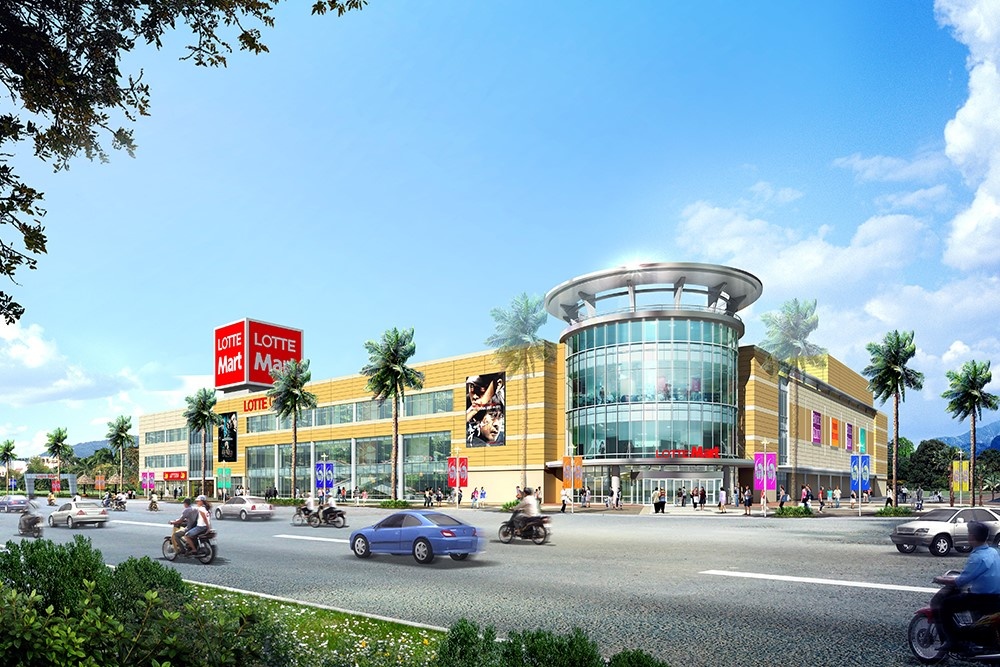ABB’s next-level DPPA model advice
 |
| ABB has cut global greenhouse gas emissions by 38 per cent in only three years |
How does ABB buy clean energy in other countries to lower its environmental footprint?
ABB is a strong supporter of the Paris Agreement on Climate Change and views it as a critical driver to accelerate the shift to renewable energy production and e-mobility as well as improve energy efficiency. ABB continues to reduce its environmental impact by using green energy. We’ve had great success securing significant amounts of renewable energy at rates that are competitive with nonrenewable sources.
 |
| Brian Hull |
Compared to 2013, we have reduced our use of fossil-fuel oil and diesel by more than 40 per cent, while our use of biofuels has nearly doubled and now constitutes a similar share of our energy as non-renewables. In several European countries we purchase all of our electricity from renewable sources. In 2018, 237 gigawatt-hours, or 15.1 per cent of all electricity used by ABB, was purchased as certified green electricity, an increase of 4.5 percentage points over 2017.
The green electricity we buy is either guaranteed by the utility or we buy guarantees of origin/green certificates separately to be able to say that our electricity is carbon-free. So, either the utility we buy from has such certificates/guarantees or ABB buys the certificates from a trader.
More of our facilities are also installing on-site photovoltaic power plants. ABB’s production of solar power for its own use nearly doubled in 2018. We opened plants of significant size in South Carolina and in Germany. The German plant will allow the factory to work in a CO2 neutral mode by combining solar and battery energy. In Singapore, we have solar panels on our turbocharger workshop and are investigating powering our main facility with renewables.
This trend is growing rapidly as large companies are paying more attention to the sustainability of their businesses through their commitments to reduce their CO2 emissions. Moreover, pressure is growing on businesses to become more sustainable, thanks to initiatives such as the Paris Agreement, national and local targets to cut carbon emissions, and more environmentally-conscious consumers. Customers and employers are also demanding sustainable products. At the business-to-business level, the reduction of supply chain emissions for a buying company enhances its reputation significantly.
A number of the world’s biggest companies, such as IKEA, Mars, and Tesco, have committed to work towards using 100 per cent renewable electricity in their operations as part of the RE100 initiative, meaning that all of their power will come from sources such as wind, solar, or hydroelectric power, which have no CO2 emissions.
Increasingly, these companies are also working with their key suppliers to ensure they also embrace this transition to renewable energy, and this is very relevant to companies such as Vietnam, where suppliers to such multinationals have a significant manufacturing footprint.
You mentioned that companies are paying more attention to the sustainability of their business. How is that reflected in ABB’s corporate clean energy goals?
Our current goals were set in 2014 under our “Next Level Strategy”, aimed at accelerating sustainable value creation and charting our plans to improve our business and strengthen growth in the 2015-2020 period. Sustainability considerations and values, particularly our efforts to improve health, safety, and environmental performance, are a crucial part of this strategy. Under our strategy, we have set a target to reduce ABB’s greenhouse gas (GHG) emissions by 40 per cent by 2020. We cut GHG emissions from direct use of fuels, from purchased electricity, and district heating. This includes both direct fuel consumption and the use of electricity and district heating for manufacturing processes and to operate buildings. As of 2018, we had achieved a 38 per cent reduction.
We are now in the process of setting our new targets for 2020 onwards. In countries where we seek to expand our manufacturing, access to reliable and renewable energy will be among the key factors shaping our investment decisions
A direct power purchase agreement (DPPA) is expected to benefit Vietnam in attracting companies with high-value operations. What are your suggestions for the government in shaping the DPPA based on ABB’s experience in buying and producing clean energy in Vietnam?
ABB endorses the new approaches to attract investment and provide more options for procuring renewable energy such as the DPPA mechanism. DPPA will allow businesses and suppliers to purchase electricity directly from renewable energy projects and receive it through the national electricity grid, while ensuring fair and equitable treatment for all parties involved.
As an innovative global technology firm, ABB is willing to test new opportunities such as the DPPA and help advise future energy policies and regulations. We would like to see the pilot phase moving into implementation as quickly as possible, and ideally would like access to a range of DPPA models and a choice of power plant sellers so we can choose the energy provider that best meets our corporate goals.
Vietnam is at an exciting phase of its development. The decisions and investments made now and in the following few years for solar generation, storage, transmission, and distribution will have long-lasting implications for future generations. ABB, with project experience in several GW of solar generation globally and a hefty mix of global knowledge and local experience, will support realising the government’s ambition for a sustainable energy ecosystem.
Here in the northern province of Bac Ninh, we invested in a 90 kilowatt-peak solar photovoltaic installation at our high-voltage and distribution solutions factory. The electricity generated exceeds our estimates by 10 per cent and is currently powering a wastewater treatment system, a canteen serving more than 200 people, and the factory’s lighting network. We have also provided equipment for a range of grid-scale customers (30 to 350MW and for rooftop solar installations – the largest to date being 4.5MW. When the next feed-in tariff (FiT) regime for solar is approved, we will look to invest into a 1MWp rooftop solar facility at the Bac Ninh factory and hope to partake in the pilot DPPA scheme – we are already doing the feasible study.
Despite increasing international and domestic investment in the renewable energy sector, there remains a certain measure of unease over the capacity of the nation’s power grid and uncertain FiT. What are your expectations regarding these bottlenecks?
Balancing variable power supply and demand has always been a challenge, but as the renewable share of total generation in many countries is growing, this challenge is becoming more critical. For Vietnam, with the energy demand projected to increase by more than 10 per cent annually in the next five years and required power capacity to double, the government is moving forward to develop renewable energy sources to ensure energy security and address the growing power demand.
We would like to see increased investment coupled with a streamlined approval process at national and local government levels to overcome these bottlenecks in the grid. Proven technology will enable the grid to be flexible and to adapt to the new realities of distributed generation and multi-directional power flow.
For instance, using technology like Flexible Alternating Current Transmission Systems and high-voltage direct current to maximise transmission capacity and power quality solutions such as battery storage solutions to ease the stress on the grid from the integration of renewables can be readily deployed. Digitalisation is a key to creating the power grid of the future. Given the correct financial legislative frameworks, financing for such investments is available from the private sector, thus easing the burden on the state budget.
To attract more investment in clean energy in Vietnam, investors need more transparent and certain policies. We eagerly await the new Power Development Plan VII, and trust that it will give priority to renewable energy sources and establish mechanisms to allow increased private investment in both generation and transmission.
Of immediate interest is the new legislation covering the new solar FiT regime. The existing FiT will not be effective for most new solar plants after July 1, and the delay in finalising the new FiT means there is now a delay in the project pipeline.
Ideally, we would like a clear roadmap on such tariffs with no new tariff’s published six months before prior legislation ends, so that there is a continuous pipeline of opportunities. This will allow the development of local job opportunities as Vietnamese engineers see a clear and continued need for their services and the domestic industrial supply chain will invest to meet the project pipeline.
What the stars mean:
★ Poor ★ ★ Promising ★★★ Good ★★★★ Very good ★★★★★ Exceptional
Themes: EVFTA & EVIPA
Related Contents
Latest News
More News
- Companies must embrace green finance initiatives (November 18, 2024 | 16:07)
- Dual transition to help firms of all sizes (November 18, 2024 | 15:48)
- Foot must remain on pedal to achieve SDGs (November 17, 2024 | 10:26)
- 45 enterprises honoured for sustainable development contributions (November 17, 2024 | 10:00)
- New Zealand’s approach to sustainable ambitions (November 17, 2024 | 09:48)
- Concerted efforts to address climate change (November 17, 2024 | 09:40)
- Factors to take into account for ESG implementation (November 17, 2024 | 09:34)
- Sustainability must be fully embedded (November 17, 2024 | 09:27)
- International organisations honoured at sustainable development conference (November 17, 2024 | 09:00)
- IFC’s record climate financing in Vietnam supports green transition (November 16, 2024 | 10:14)




 Tag:
Tag:





















 Mobile Version
Mobile Version